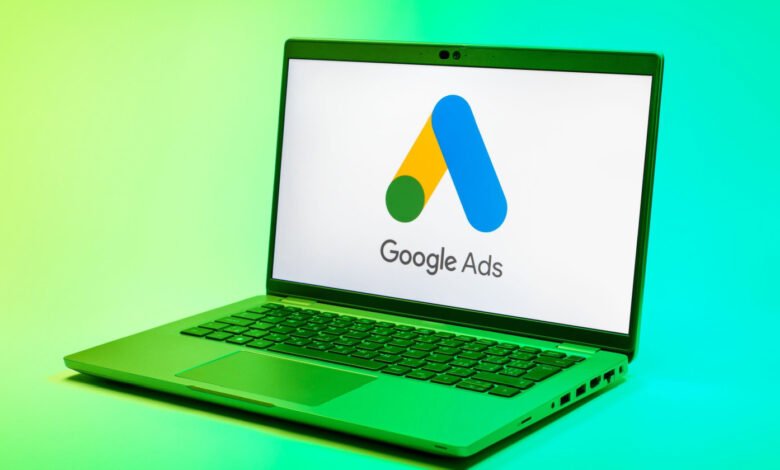Google Search Partner Network: What You Can Now See

▼ Summary
– Google has introduced site-level reporting for the Search Partner Network, allowing advertisers to see where their ads appear outside of Google.
– This update applies to Search, Shopping, and App campaigns, providing impression data for each partner site.
– Advertisers have long requested this transparency, with many reacting positively but cautiously to the new reporting capabilities.
– The data enables advertisers to audit placements, exclude non-aligned sites, and assess traffic quality using their own conversion metrics.
– This change may encourage some advertisers to reconsider opting into the Search Partner Network, now that they can make data-driven decisions.
A significant shift has arrived for Google advertisers with the introduction of site-level reporting for the Search Partner Network, offering unprecedented clarity on ad placement beyond Google’s own search results. This long-awaited update, referenced in Google’s Help Center as an August 2025 release, provides advertisers with the ability to see exactly where their budgets are being spent across partner sites, moving beyond the previous all-or-nothing participation model.
The enhanced reporting now covers Search, Shopping, and App campaigns, delivering detailed insights into which specific partner sites displayed ads and how many impressions each generated. This brings Search Partner reporting in line with the placement-level transparency already available in Performance Max campaigns. The move is part of a broader effort by Google to address advertiser concerns around network quality, following earlier initiatives like brand safety pre-screening integrations and the planned exclusion of parked domains by default.
Early reactions from the advertising community have been mixed but largely positive. Industry observers have highlighted the importance of this development after years of limited visibility. Many applaud the increased transparency while noting that the data is currently limited to impression-level reporting, similar to what’s available in Performance Max. Some express cautious optimism, acknowledging the step forward but emphasizing the need for further refinement.
This new layer of insight allows advertisers to move from uncertainty to informed decision-making. Advertisers can now conduct placement-level audits, identify sites that don’t align with brand standards, and assess whether partner traffic contributes to meaningful outcomes. While the reporting doesn’t include click or conversion data by default, advertisers can cross-reference placement impression data with their own conversion metrics to evaluate performance more accurately.
To make the most of this update, experts recommend several actionable steps. Begin by reviewing placement reports to exclude non-compliant or irrelevant sites. Use conversion tracking to differentiate between high-value placements and ineffective ones. Reconsider participation in the Search Partner Network for campaigns previously opted out, but establish clear performance benchmarks before expanding investment. Additionally, continue monitoring Smart Bidding outcomes closely, as automated optimization may not always align with specific campaign goals.
For those hesitant about the Search Partner Network in the past, this update provides a data-backed opportunity to reevaluate its potential. Advertisers already using the network now have the tools to validate performance and optimize placements with greater precision. Ultimately, this enhancement offers a new level of control and accountability, empowering advertisers to make smarter, more confident choices about their search campaign strategies.
(Source: Search Engine Journal)



